CHOSEI ZEN BLOG

No Easy Answers
Being jiki, or stepping into any role, invites a deeper experience of our life together as practitioners. Even online, the “I” questions begin to dissolve.

Zen: The Calm in the Storm
Fear, anger, despair, hopelessness, helplessness: These feelings make us want to hide, to run away, and to protect ourselves from the pain we see around us. This, however, we have learned, is a downward spiral into depression and sickness. So, how do we get out? What is the secret sauce?

“They” Don’t Make Granola
The daily functioning of a dojo happens through the action of individuals. Someone takes out the trash. Someone opens the zoom room. Someone makes granola. There is no “they”.

Facing Uncertainty
We need to train to see through the noise. To find our own center and our own way. To not completely unravel or disengage. But, how do we stay engaged?

Transformation Through Shugyo
Now instead of performing kata to the point of exhaustion, we blow one note each with one breath to the same extreme… Tanouye Rotashi said “to practice so that one note puts someone into samadhi”
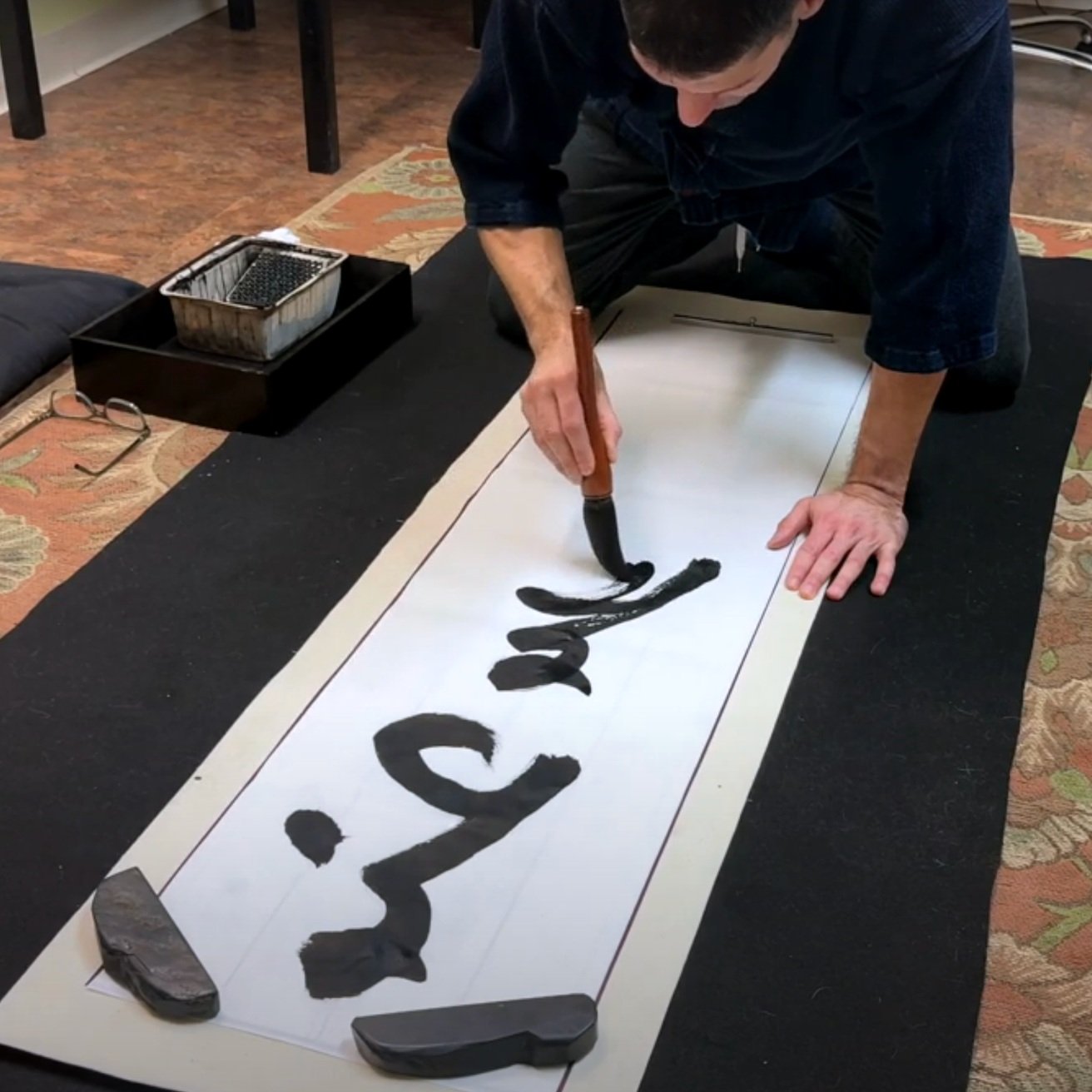
Three-Sided Mountain of Zen Training
In this video, Esteban Martinez Sensei talks about "How We Train" in Zen using meditation, physical training, and fine arts.

Why is Mushin (No-Mind) Important?
One of the lesser known laws of the universe (like gravity) is that the state of no-mind can be transferred to others. We call it “transferring samadhi” but also talk in more serious terms about “giving fearlessness.”

How Can We Practice Mushin (No-Mind)?
I’m highlighting another type of tool besides your breath and posture – it gets described as “concentration,” “awareness,” or “our senses.” Usually, we give far less instruction in this area than about breath and posture, letting people discover for themselves, which can take years.

Mushin (No-Mind) as a Trainable Practice
Somehow I knew that living in the world of my head wasn’t the correct way to live as a human being. No one told me that. I just knew. This led me to seek out zazen (Zen meditation) and Zen training with our school.

Voice of an Ancestor
In a growing series of publications we are presenting edited versions of talks that Tanouye Roshi gave more than forty years ago in various settings, some of them quite informal while others are formal teisho given during sesshin.
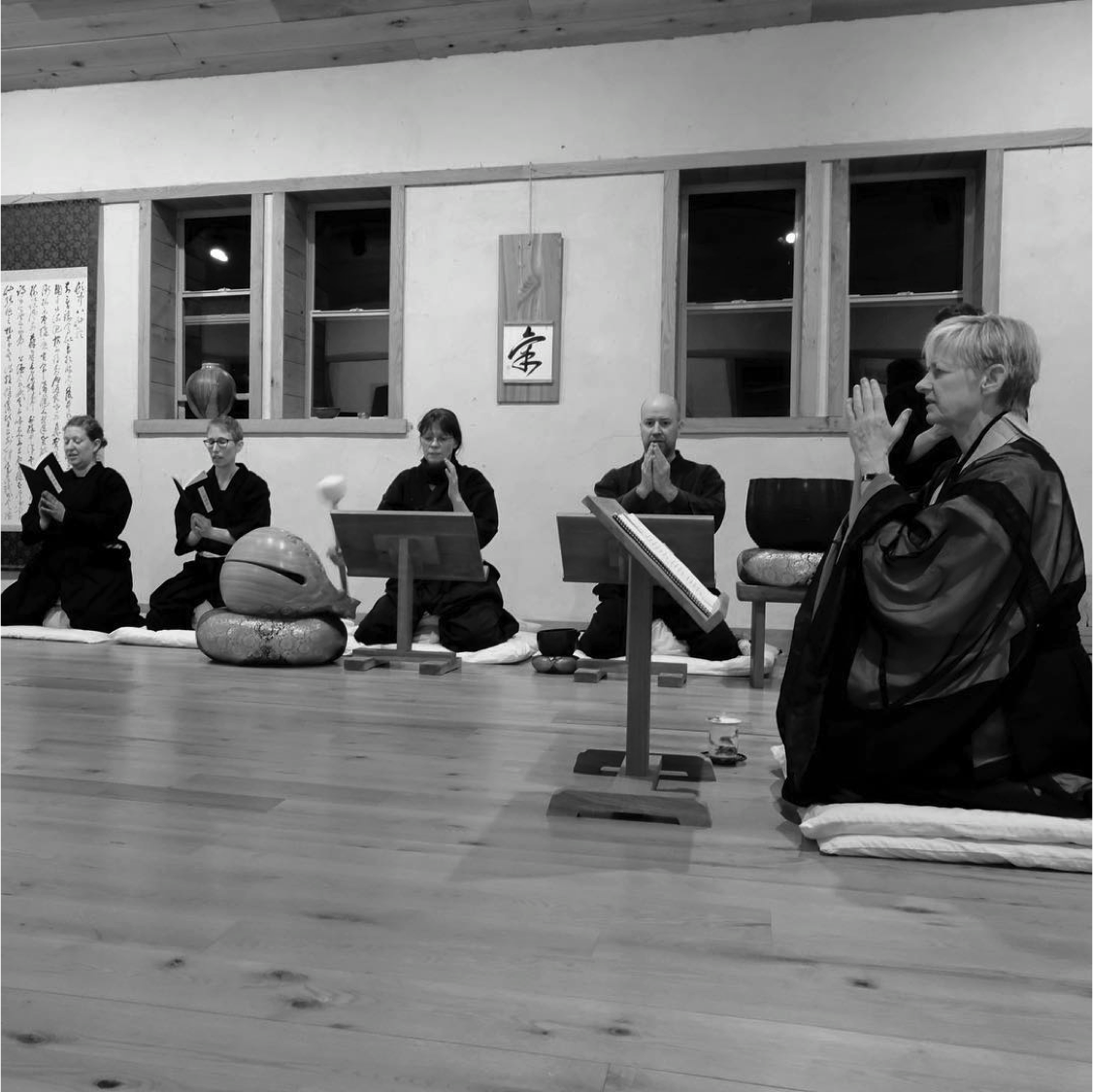
Okyo as Zen Training
The objective of practicing okyo is to change the way you vibrate. If you change the way you vibrate, you can change the way others and your environment vibrate as well.

Origin of Chosei Zen Shakuhachi
The reason that repetition is the best way to master any martial art, because it will lead to perfection of desired skills, since incorrectly performing a skill wastes energy and is inefficient.

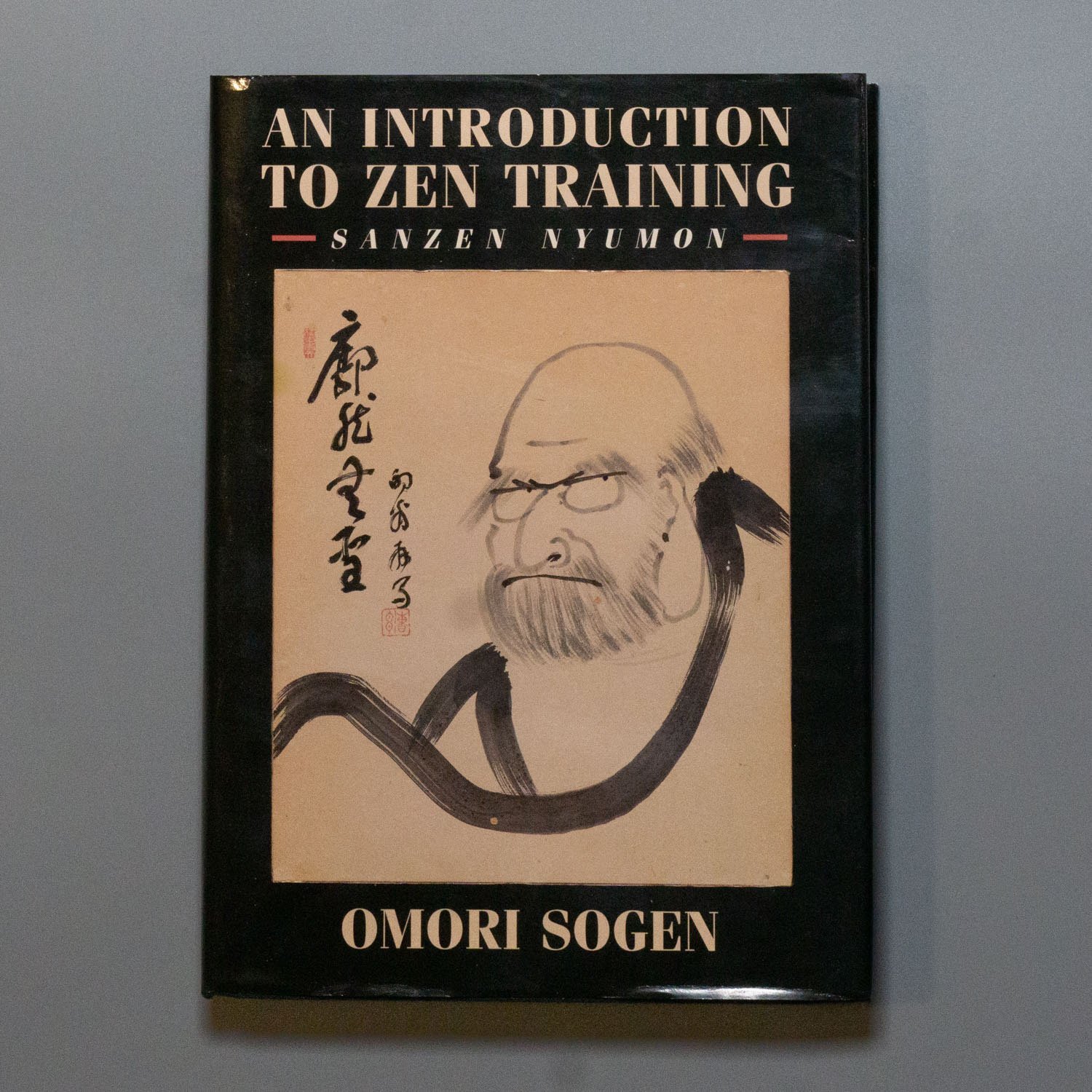
Here, Read This
Tanouye Roshi looked at me, shook his head, and said, “You read too much.” Then, he surprised me handing me a book that he had been reading and saying, “Here, read this.”
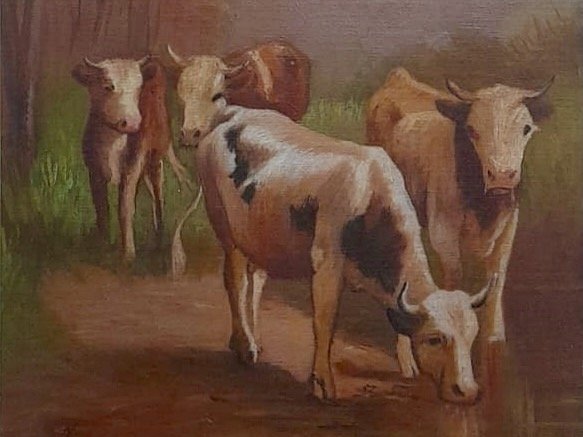
Hlala Apha: Sitting here now
In Xhosa, an indigenous language spoken in South Africa, the word apha means “this location”, “this place” or “being here right now”.

Wandering Ox: A First Sesshin For Chosei Zen's Newest Dojo
Together we experienced a sesshin with a 'pioneer' feel, where nature whipped, dripped and crept around and through us. It was elemental.
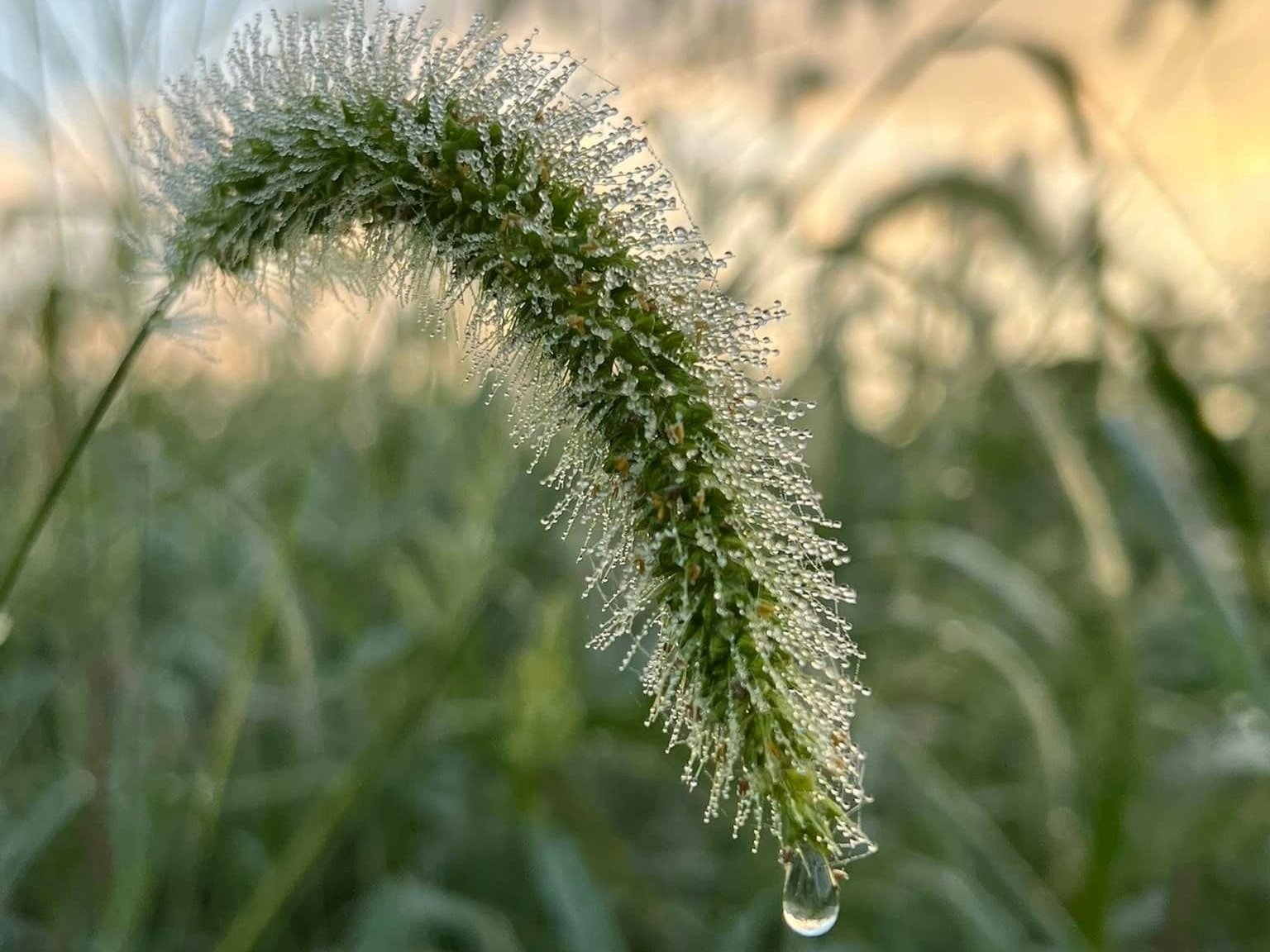
Antidote for the Weary
We find kiai is more like a fresh mountain spring than a protected water reservoir. Time expands and contracts depending on our state of mind.
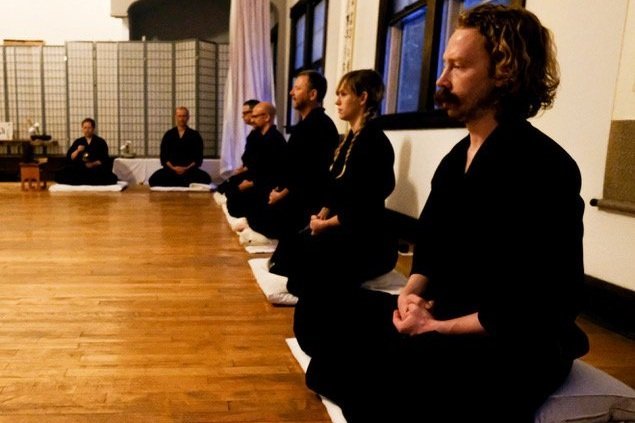
Training In-Person After Two Years Online
My goal shifted from training because I wanted something in particular out of the week to wanting to train strong so that I could help those around me train strong and have the sesshin they needed to have.
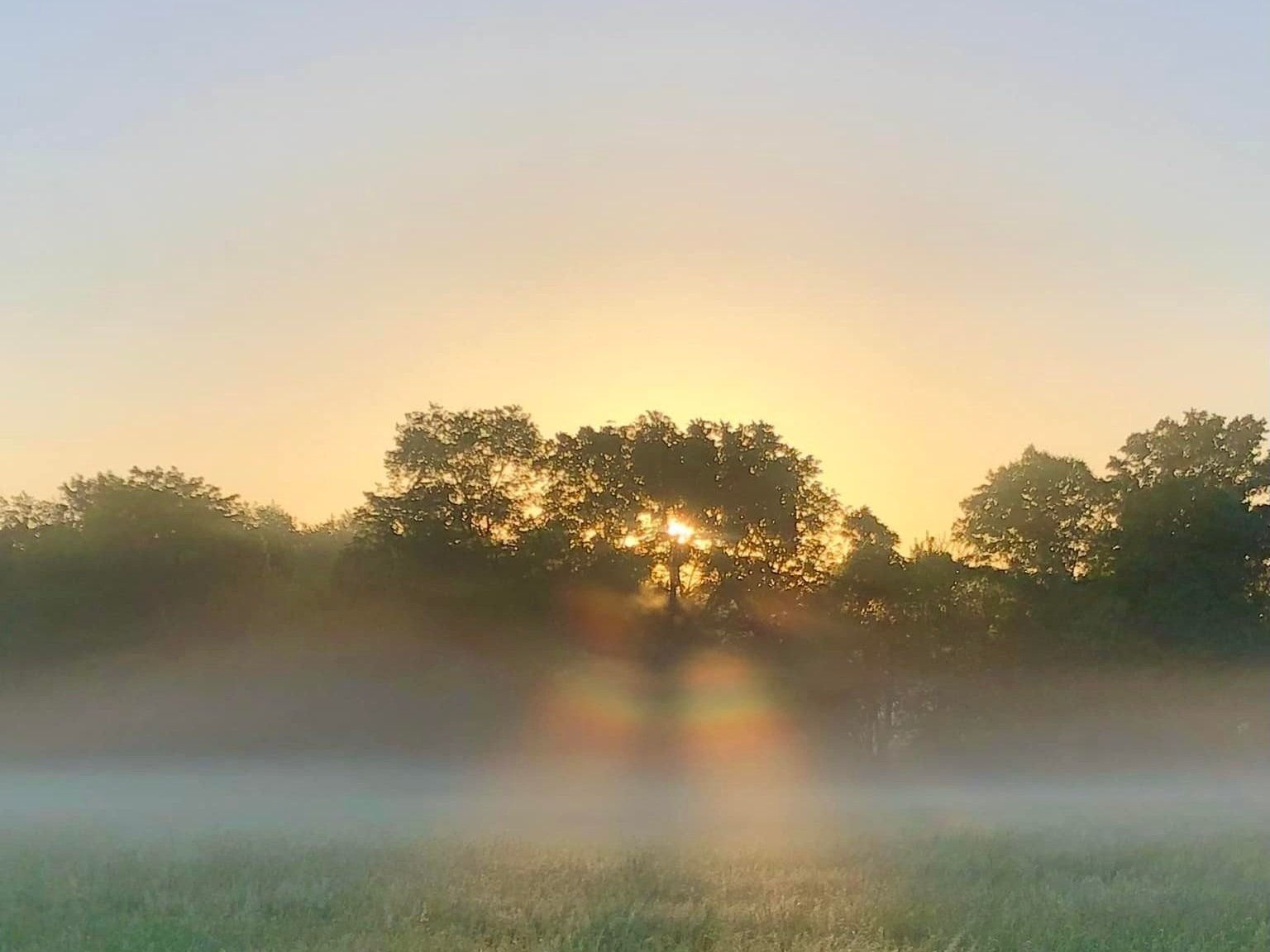
Why We Train in the Virtual Dojo
The reason that the Virtual Dojo can function as a Zen dojo is because the human body is the real Zen dojo.

Zazen Strapped To A Locomotive
There came a moment during the sitting when I was no longer in my tatami room with a panoramic view of our prairie and oak savanna. Instead, I felt myself strapped to the front of a locomotive speeding down the track toward a black tunnel.
